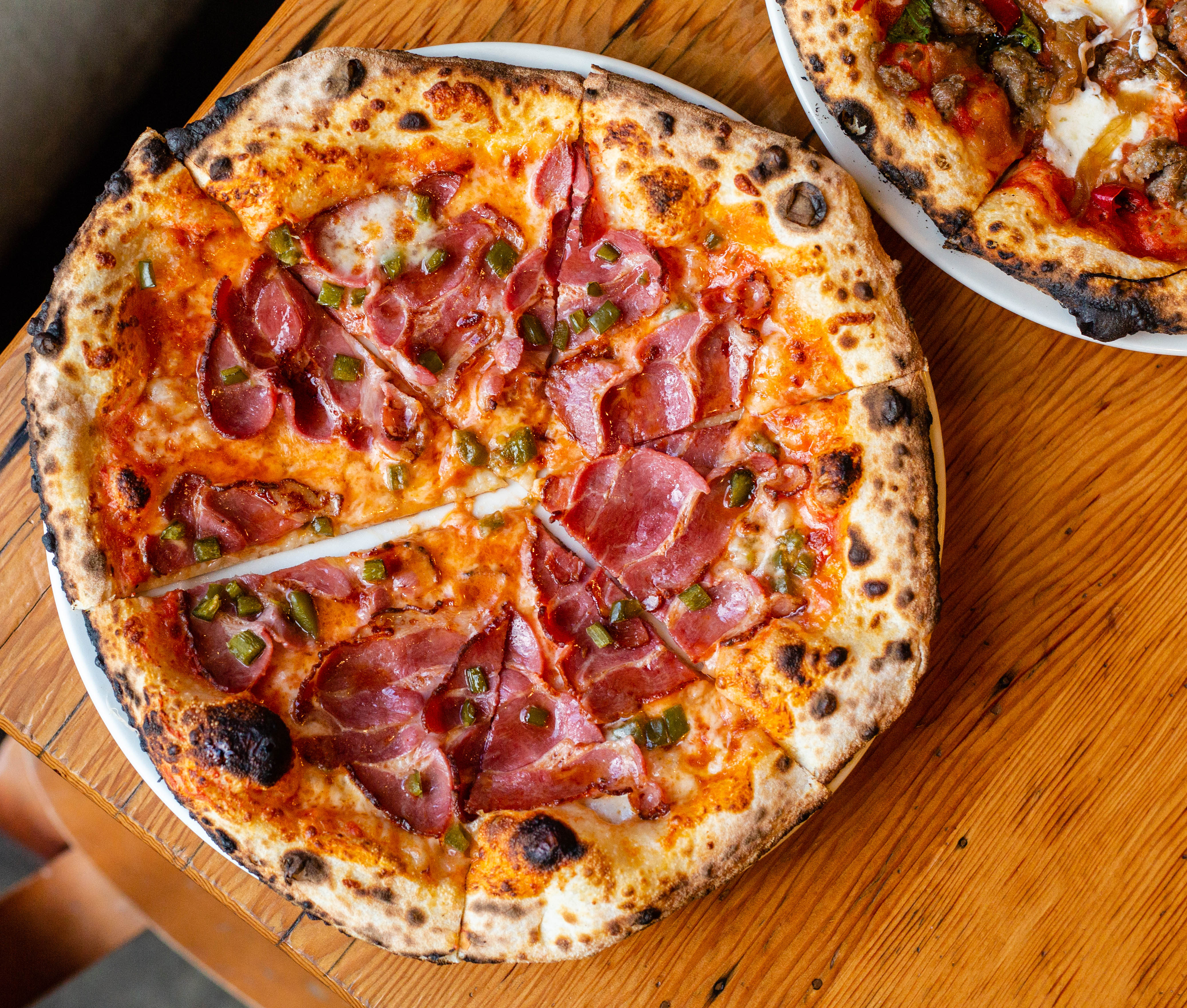High spirits as liquor sales rise
Published 5:00 am Sunday, June 26, 2011

- Even as consumerism contracts, the market for wine, liquor and beer has never been better. Why? “In the spectrum of indulgences, it's easier for consumers to buy a nice bottle of wine for the weekend than a cruise,” says analyst Tim McPeak.
Happy days might not be here again, but happy hour is.
Private liquor store transactions for beer, wine and spirits are up 6 percent for the 12 months that ended May 31 and bar sales are up nearly 4 percent, according to Sageworks Inc., a financial analysis firm. Throughout the economic downturn, alcohol was one of the few discretionary luxury items to weather the storm, Sageworks analyst Tim McPeak said. It’s no surprise that when the going gets tough, the tough get drinking, he said.
“It has that anesthetic quality,” said Lance Winters, a distiller for St. George Spirits in Alameda. “If you’re building up stress over your portfolio, there are only a few options. And heroin is illegal.”
St. George, an artisan distiller whose brands include Hangar One Vodka and St. George Single Malt, is up 30 percent in sales this year over the same time last year, Winters said. In 2010, it was up 10 to 15 percent over 2009.
“Our tasting room has seen a 45 percent increase in traffic,” he said, attributing part of the surge to people’s drinking tastes. “The consumer has become much more sophisticated. Globally, the craft spirits industry is where craft beer was 20 years ago.”
A nice bottle of whiskey or wine is a fairly inexpensive luxury item.
“It’s not a trip to Hawaii,” Winters said. “But if you open a bottle of good rum, it’s like taking a trip to the tropics.”
But David Ozgo, chief economist with the trade group Distilled Spirits Council of the United States, warned that analysts may be getting ahead of themselves. He disputes Sageworks’ numbers, saying spirit sales were up only 2.3 percent in 2010 from the previous year, when revenue was flat. “We’re recession resilient, but not recession proof” — during good times, 2000 to 2007, the spirits industry saw sales increases of 6.5 percent per year, he said.
Mintel International Group Ltd., a marketing company, predicts that domestic beer sales will grow 19 percent, to $73 billion, from 2010 to 2015. Craft beers have done particularly well. In the first half of 2010, volume in the category grew 9 percent, compared with a decline of 2.7 percent in overall beer volume, based on Brewer Association numbers, according to Mintel.
“In the spectrum of indulgences, it’s easier for consumers to buy a nice bottle of wine for the weekend than a cruise,” McPeak said.
Imported beer took the hardest hit during the recession, forfeiting many of its devotees to the craft market, reported Mintel.
From 2010 to 2015, the marketing firm forecasts, wine sales will grow by 28 percent to $39 billion.
“In the spectrum of indulgences, it’s easier for consumers to buy a nice bottle of wine for the weekend than a cruise,” McPeak said.
Eric Rubin, whose San Francisco Tres Agaves Tequila company opened in 2010, said his business has steadily grown. He credits part of its success to Tequila’s popularity, a category that has continued to flourish over the past 11 years. “If anything, we’ve seen the recession play a role on drinking patterns. More people are drinking at home, setting up their own bars and making their own drinks.”
But Rubin adds that consumers, especially where alcohol is concerned, tend to be creatures of habit. “If someone drinks 100 percent agave Tequila, they’re not going to change to a mixto,” Tequila made with a minimum of 51 percent agave and other fermented sugars, he said. “They may buy a brand that’s less expensive, but they’re going to continue drinking 100 percent agave.” For Rubin, whose Tequilas are pure agave, that means happy days.
But Ozgo isn’t quite ready to say “so long sad times” — at least not until revenue returns to where it was in the early 2000s.
But for now, he said, “things are looking better.”






